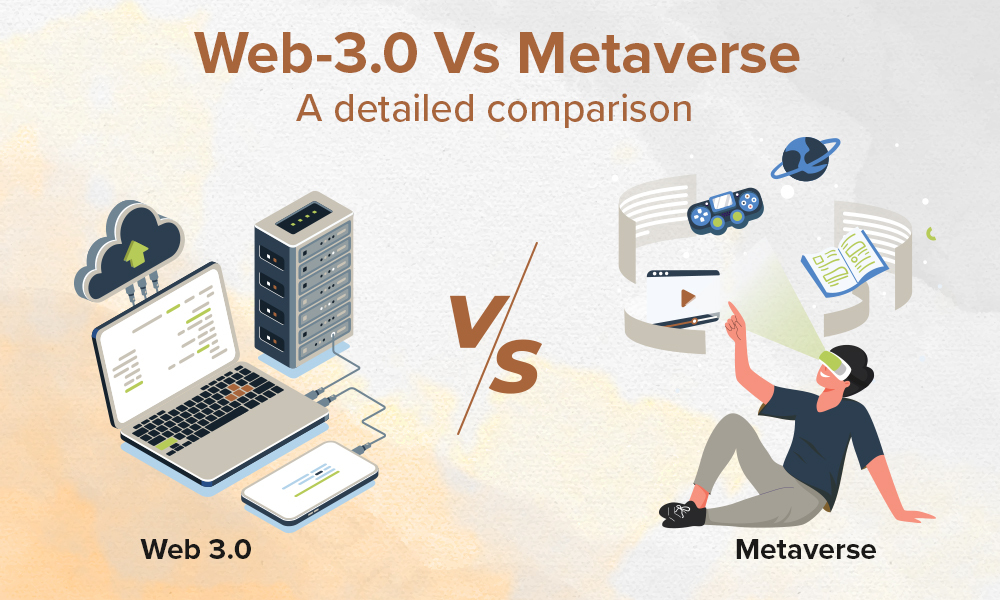If you have interest in blockchain technology and tend to read about it, you must be aware of the terms Ethereum Casper and ‘Proof-of-Stake.’ They have garnered more attention in the recent months as they hope to tackle the current issues with blockchain, majorly including scalability and ludicrous energy consumption.
Prior moving deep into the world of Ethereum Casper and Proof-of-Stake, let us learn about the current scenario. Presently, Ethereum and cryptocurrencies such as Bitcoin are based on Proof-of-Work which has several drawbacks.
Problems with Proof-of-Work (PoW)
- The major issue with PoW is related to the enormous power that it consumes during the mining process. The problem is escalating rapidly as we are constantly moving towards green energy and less wastage of resources.
- People and organizations that can afford faster and more powerful mining setup boast a higher chance of mining.
- Due to such disabilities of PoW, bitcoin is not as decentralized as it should be. It means a handful of mining pools owns a significant part of cryptos.
To cope with the drawbacks, Ethereum looked for Proof-of-Stake and Casper update as a solution.
What is Ethereum Casper?
Casper is a proposed Proof-of-Stake protocol that Ethereum has selected to go with. It is supposed to solve the key problems of blockchain enhancing the scalability and promoting energy efficiency.
The protocol was introduced in the year 2014. Although a complete team of numerous people is in the process of creating it, Vlad Zamfir is the name which has the major credit building Ethereum Casper.
Two Versions of Casper
Casper is not just one project but an amalgamation of two research projects presently being developed.
Casper the Friendly Finality Gadget (FFG) – Casper the FFG uses a PoS/PoW hybrid model where PoW mechanics are used to creating blocks while Casper the FFG is layered on the top of it using a smart contract. The project is developing under Ethereum founder Vitalik Buterin, and the first version of its code was released in the month of May 2018. The project aims to create a smooth and seamless transition to PoS.
Casper the Friendly Ghost: Correct by Construction (CBC) – Casper the Friendly Ghost is a consensus algorithm which is designed and developed by Vlad Zamfir to fine-tune the partially developed PoS protocol. The project came into existence in 2014 and has been under changes since then.
How PoS under Casper Works?
PoS will make the entire mining process virtual and replace miners with validators. During the process, the validators will validate or mint it by placing a bet on the block. If everything goes right, the validator will be awarded in the ratio of their bets. The fact that validators will always have something at stake will diminish the chances of fraud or any malicious activity.
Casper has implemented a process to punish anyone who acts maliciously and make them lose their stakes. This is how the process goes:
- From the validators’ pool, a random person is chosen based on the number of coins he holds.
- Then, the validator places a portion of its Ether as a stake to mint the blocks.
- After that, when the validator finds a block that can be added to the chain, he may validate it by placing a bet on it.
- If the block gets added to the chain, the validator will get a reward.
- However, if a validator tries to cheat in PoS by trying to mint a wrong transaction or do a ‘nothing at stake,’ he will immediately be expelled from the blockchain, and all his stakes will be slashed.
Ethereum Casper Release Date
The developers have released the first version of the Ethereum Casper update on May 8, 2018. Casper has been implemented on the Ethereum Testnet.
Ethereum’s shift to PoW to PoS is undeniably a big deal. Casper, if become successful, could be the key element to eliminate all the major problems of the blockchain.



.jpg)
